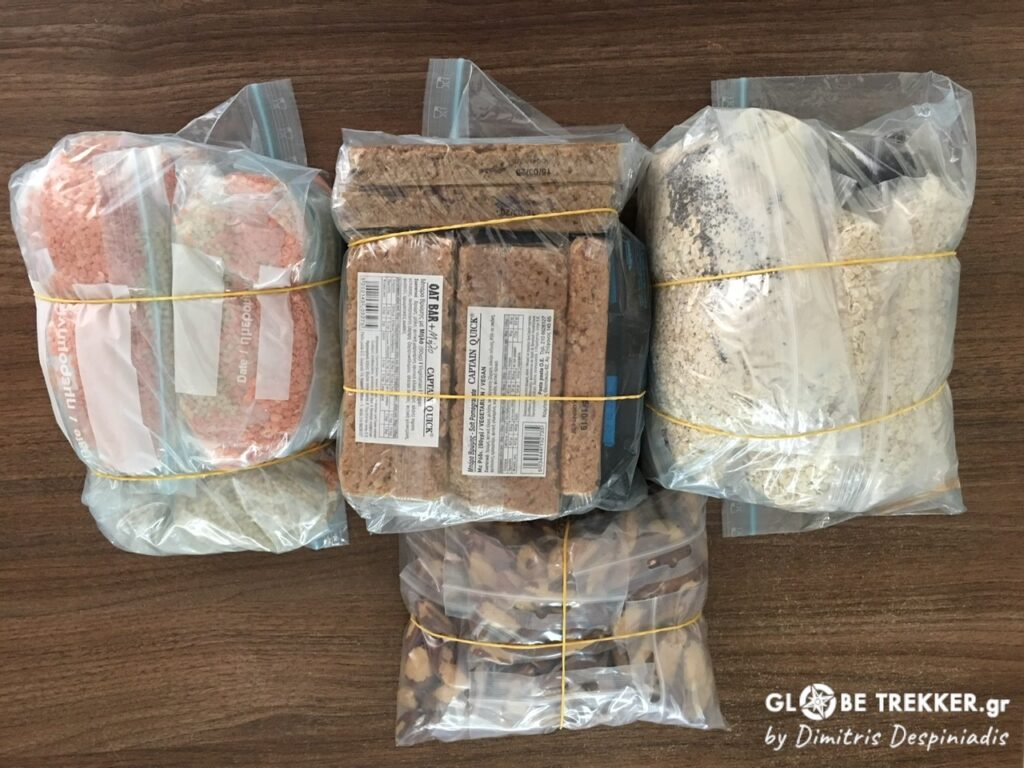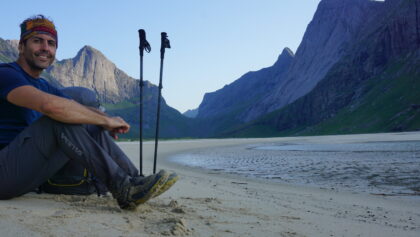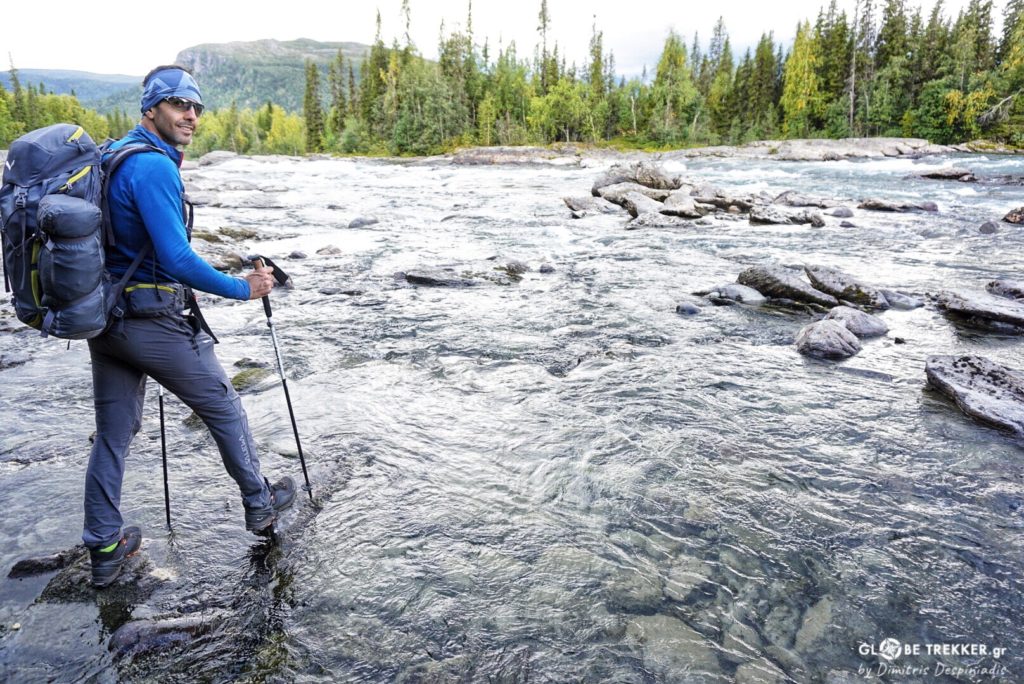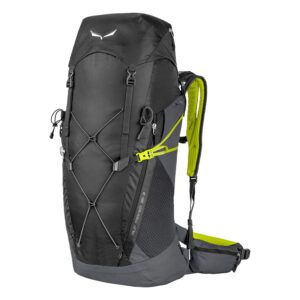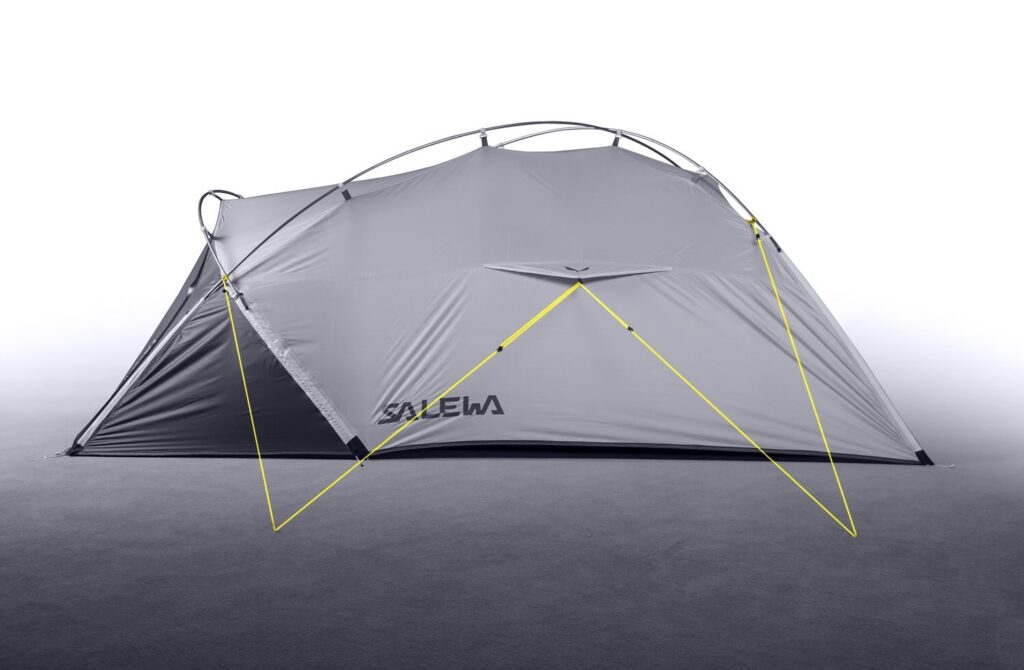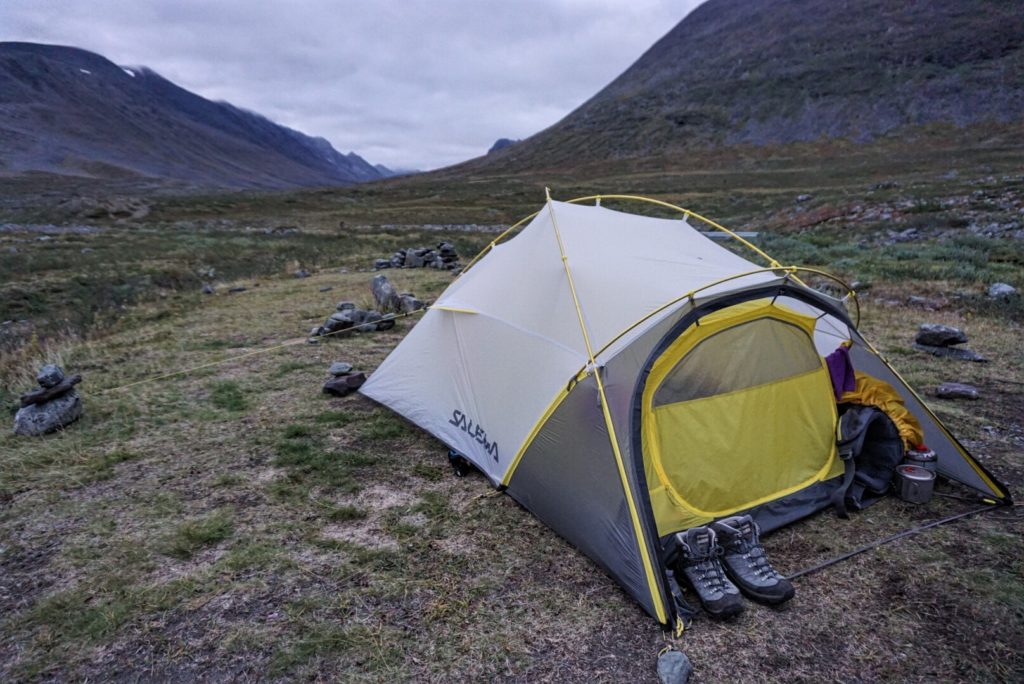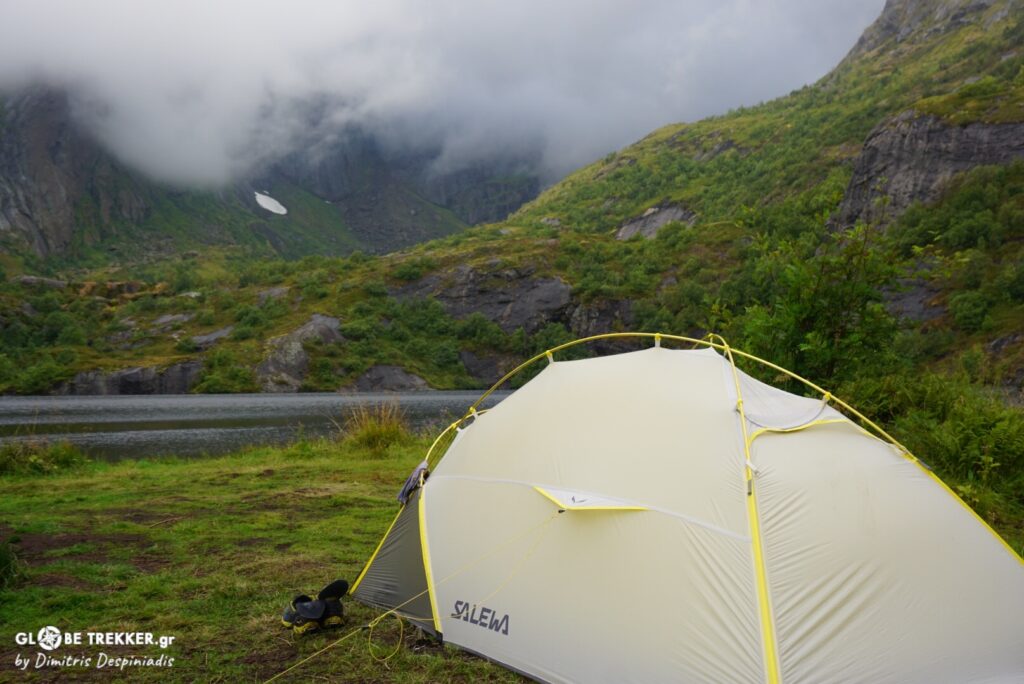What I value the most on my personal long-distance treks is immersing myself in nature in full autonomy.
I simply love traversing landscapes for days on end while carrying everything I need on my back, preparing and enjoying dinner late in the day and sleeping in a new -stunning or just convenient- spot each night. (more…)











